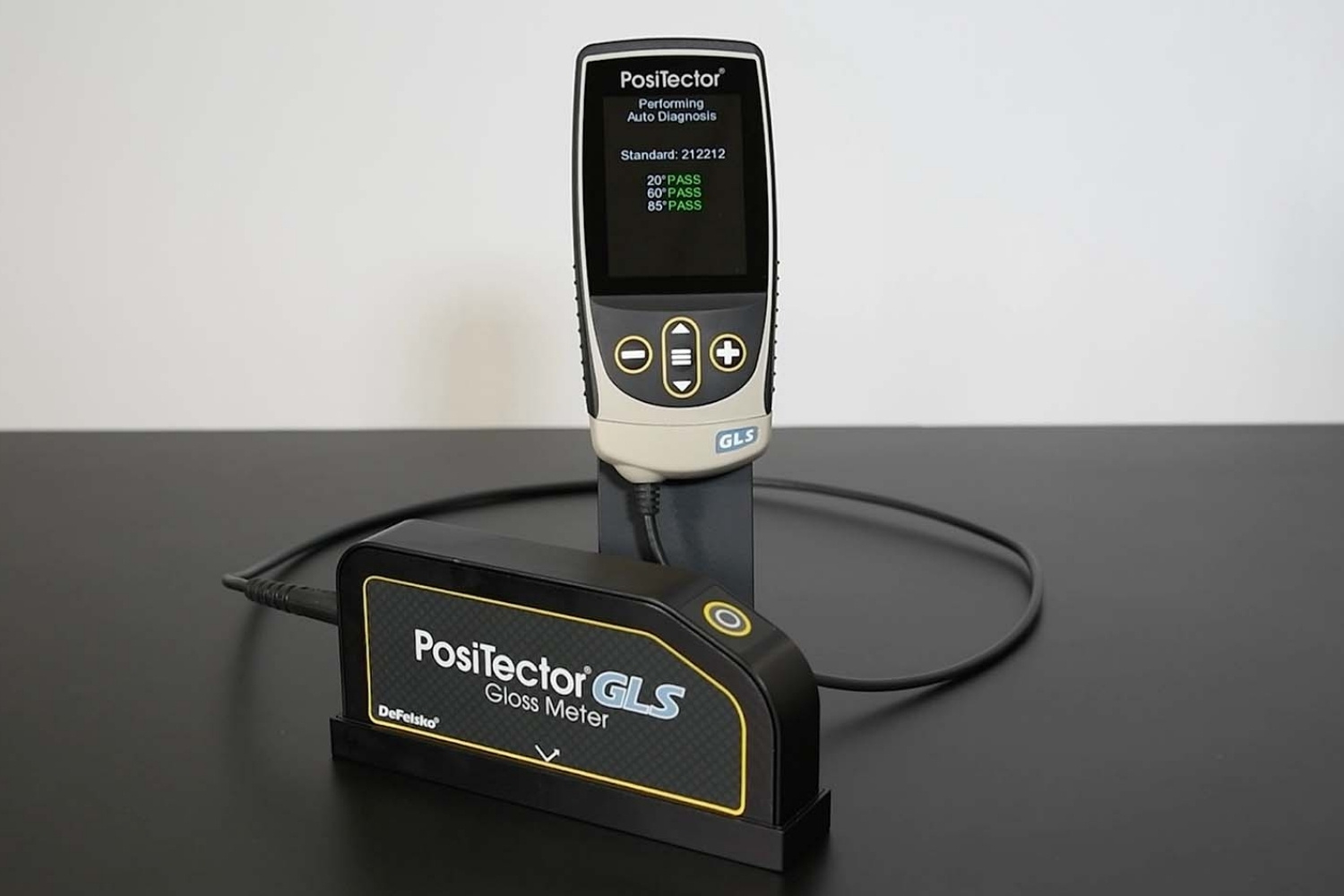
What is a gloss meter? A gloss meter is a device used to measure the glossiness of a surface. Glossiness refers to how shiny or reflective a surface appears. This tool is essential in industries like automotive, paint, and flooring, where surface quality matters. By using a gloss meter, manufacturers ensure their products meet specific standards and look their best. Imagine checking the shine on a new car or the finish on a wooden floor; that's where a gloss meter comes in handy. It provides accurate readings, helping maintain consistency and quality. Let's dive into some interesting facts about this nifty gadget!
What is a Gloss Meter?
A gloss meter measures the glossiness of surfaces. This device is essential in industries where appearance and finish are crucial. Let's dive into some fascinating facts about gloss meters.
-
Gloss meters measure reflected light. They assess how much light bounces off a surface at a specific angle.
-
Different angles for different surfaces. Common angles include 20°, 60°, and 85°, each suited for different gloss levels.
-
Used in various industries. From automotive to furniture, gloss meters ensure products meet quality standards.
-
Digital and analog versions exist. Modern gloss meters are typically digital, offering more precise readings.
-
Calibration is crucial. Regular calibration ensures accurate measurements, often using a standard reference tile.
-
Portable and benchtop models. Portable gloss meters are handy for on-site checks, while benchtop models are used in labs.
How Does a Gloss Meter Work?
Understanding the working mechanism of a gloss meter can help appreciate its importance.
-
Light source and detector. A gloss meter has a light source that shines on the surface and a detector that measures reflected light.
-
Specular reflection. It measures specular reflection, which is the mirror-like reflection of light from a surface.
-
Gloss units (GU). Results are given in gloss units, a standard measure of glossiness.
-
Angle of incidence. The angle at which light hits the surface affects the gloss reading.
-
Surface preparation matters. Clean, smooth surfaces provide the most accurate readings.
-
Temperature can affect readings. Extreme temperatures may impact the accuracy of a gloss meter.
Applications of Gloss Meters
Gloss meters have a wide range of applications, making them indispensable in many fields.
-
Automotive industry. Ensures car paint finishes are consistent and meet quality standards.
-
Paint and coatings. Helps in formulating and testing paints for desired gloss levels.
-
Plastic manufacturing. Ensures plastic products have the right finish and appearance.
-
Paper and packaging. Checks the glossiness of printed materials and packaging.
-
Ceramics and tiles. Measures the gloss of glazed surfaces to ensure uniformity.
-
Furniture industry. Ensures wood finishes are consistent and meet aesthetic standards.
Benefits of Using a Gloss Meter
Using a gloss meter offers several advantages, particularly in quality control and product development.
-
Consistency in production. Ensures products have a uniform finish, enhancing brand reputation.
-
Quality control. Detects defects and inconsistencies early in the production process.
-
Customer satisfaction. Products with consistent gloss levels meet customer expectations.
-
Cost savings. Reduces waste by identifying issues before products reach the market.
-
Improved aesthetics. Ensures products look appealing and professional.
Types of Gloss Meters
There are various types of gloss meters, each suited for specific applications and industries.
-
Single-angle gloss meters. Measure gloss at one angle, suitable for specific applications.
-
Multi-angle gloss meters. Measure gloss at multiple angles, providing a comprehensive gloss profile.
-
Micro-gloss meters. Designed for small or hard-to-reach areas.
-
Inline gloss meters. Integrated into production lines for continuous monitoring.
-
Portable gloss meters. Handy for on-the-go measurements and fieldwork.
Gloss Meter Standards
Gloss meters adhere to several standards to ensure consistency and reliability.
-
ISO standards. International standards like ISO 2813 specify methods for measuring gloss.
-
ASTM standards. ASTM D523 is a widely recognized standard for gloss measurement.
-
DIN standards. German standards like DIN 67530 provide guidelines for gloss measurement.
-
BS standards. British standards such as BS 3900 also outline gloss measurement procedures.
The Final Word on Gloss Meters
Gloss meters are essential tools in various industries. They measure surface shine, ensuring quality and consistency. From automotive to furniture, these devices help maintain high standards. They work by reflecting light off surfaces and measuring the intensity. Different angles can provide varied results, so it's crucial to use the right settings.
Understanding gloss levels can prevent costly mistakes. For instance, a car's paint job needs a specific gloss level to look its best. Similarly, in printing, the right gloss can make images pop. Even in flooring, gloss meters ensure tiles have the desired finish.
Investing in a good gloss meter can save time and money. It ensures products meet industry standards and customer expectations. So, whether you're in manufacturing, design, or quality control, a gloss meter is a valuable asset. Keep your surfaces shining and your standards high!
Was this page helpful?
Our commitment to delivering trustworthy and engaging content is at the heart of what we do. Each fact on our site is contributed by real users like you, bringing a wealth of diverse insights and information. To ensure the highest standards of accuracy and reliability, our dedicated editors meticulously review each submission. This process guarantees that the facts we share are not only fascinating but also credible. Trust in our commitment to quality and authenticity as you explore and learn with us.
